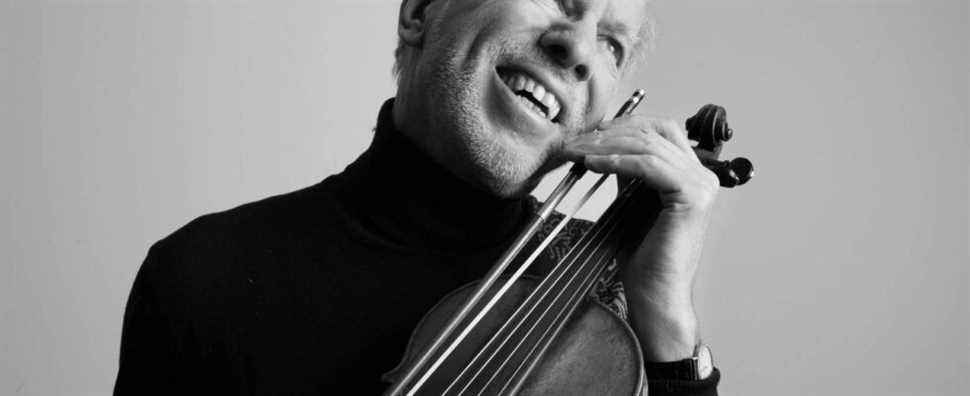On a Canadian tour, Gidon Kremer and his Kremerata Baltica stopped at Bourgie Hall on Wednesday evening for a concert mainly around Bach and Piazzolla, an evening marked by the originality of the artistic proposals and the growing fragility of the star violinist’s playing.
It was one to midnight. Or rather 9:12 pm, the hour of the second encore of Gidon Kremer and his Kremerata, an 11-string group (3,3,2,2,1) during this 2021 tour. Hear the nearly 75-year-old violinist play oblivion by Piazzolla, this composer for the fame and recognition of which he did so much in the 90s, twisted the heart. Great concert moment, even if the concert was not that great.
Discomfort
Fortunately, we have the Bourgie room to host the Kremerata Baltica. The 2017 North American tour celebrated the orchestra’s 20 years in an activist concept program ” Russia: Masks and Faces “. This anticipates the violinist’s 75th birthday by a few months.
In 2017, we were impressed by the revelation of a dazzling transcription for strings and percussion by Pictures at an exhibition signed Jacques Cohen and Andreï Pouchkarev, accompanied by projections of paintings by Maxime Kantor.
In 2021, there is much less to eat and the evening exposes in full light both the strengths and the limitations of the proposal. Gidon Kremer is an undeniable magnet that attracts the public. “My first full room since March 2020”, rejoiced Isolde Lagacé, the director of the cross room at the exit last night. But Gidon Kremer also becomes the weak link in the artistic proposition. Not in terms of programming, since he comes to us with his esoteric music (Silvestrov, Kancheli, Deyatnikov, Kissine), sometimes dressed or improved forms of nothingness (Wednesday’s Kancheli) that we would not hear without him. But in terms of execution.
The heart is there, but the violinist now exudes a feeling of discomfort. We keep wondering when the next little hitch will occur. The sound sometimes becomes emaciated, the highs are a tightrope and the intensity drooling (beginning of Great Tango). Unmistakably, Kremer becomes the weak link, for example when a formidable quartet (viola! Cello!) Could emerge from the group in Milonga sin palabras by Piazzolla.
Gidon Kremer takes the Kremerata Baltica on tour, but it’s, after all, the Kremerata Baltica the big star, the sleeping beauty. We notice it explosively in Four for Tango where the eleven instrumentalists go wild. As for the Bach part transcribed, at the end of the program, Leonid Desyatnikov, champion of a “minimalism with a human face” of which Lukas Geniusas had played 12 of the 24 Preludes at Orford in 2019, worked magnificently on the Saraband of the Partita for keyboard n ° 6, BWV 830. As for the other two, if there were so far 56 ways to screw up Goldberg, we now know a 57th and a 58th.
The concert also featured the presence of a rowdy pianist who every time he raged on his piano gave me a headache. The thing could be medicated in Bach, but the migraine was threatening in The great tango. To listen to how Piazzolla is played on the piano, it is wise to refer to the great Arthur Moreira Lima, member of the jury who has just dedicated Bruce Liu to Warsaw.
